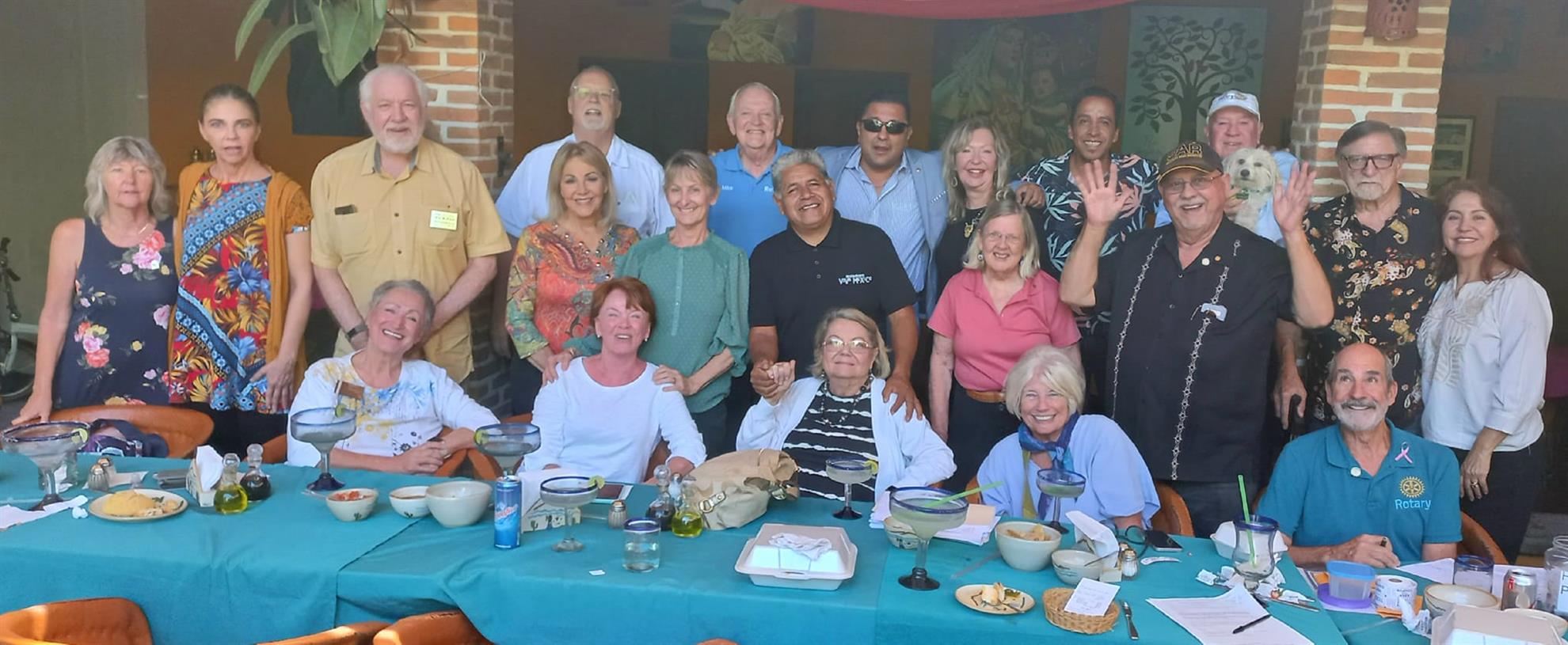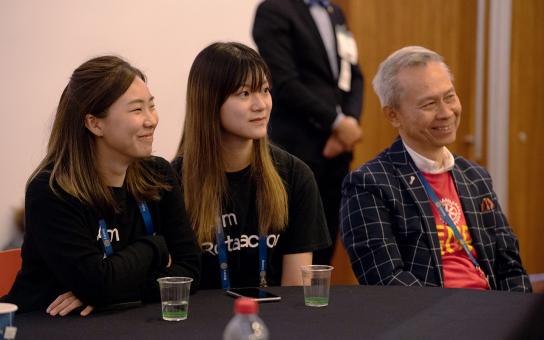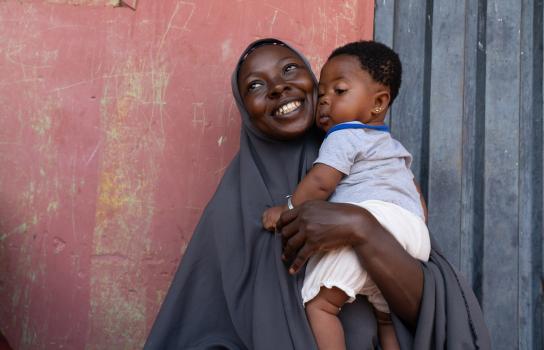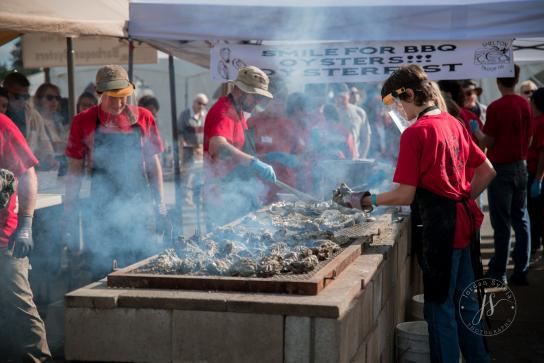
Planning A New Year 2023
The June 13 presentation by Pres. Santiago Hernandez on "Expectations for 2023-2024" was recorded and can be accessed via this link.
Tuesday, April 16 - 7 pm - Monthly International Global Grants Project Fair. An excellent way to present your project to the global community and learn about international projects that might interest you. - Zoom meeting ID: 2113420592 - PW: 249809
Rotary D-4140 Conference: May 2 - 4, 2024 in Morelia, Michoacán





